Home>Gardening & Outdoor>Plant Care & Gardening Tips>What California Wildflower Has A Wavy Leaf Like An Amole But A Blossom Like A Day Lily?
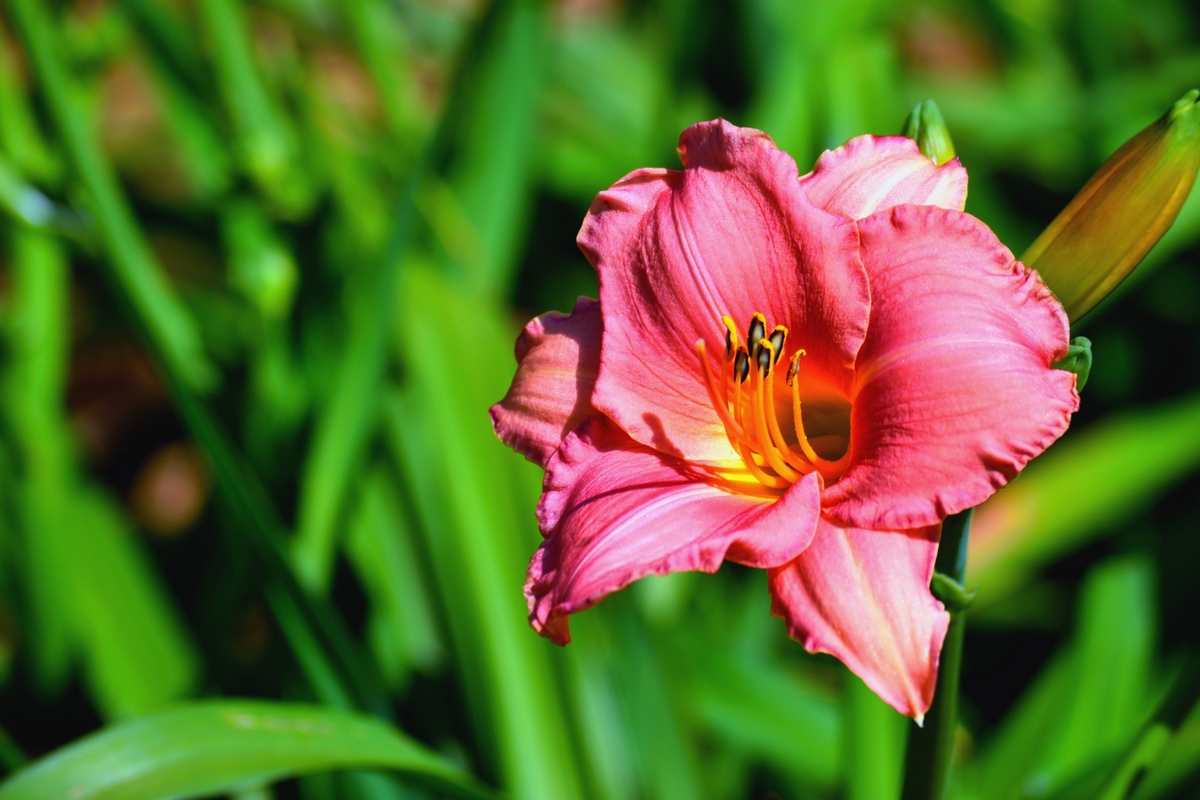

Plant Care & Gardening Tips
What California Wildflower Has A Wavy Leaf Like An Amole But A Blossom Like A Day Lily?
Published: December 24, 2023
Discover plant care and gardening tips for the unique California wildflower with wavy leaves resembling an amole and blossoms similar to a day lily. Explore how to cultivate and nurture this distinctive wildflower.
(Many of the links in this article redirect to a specific reviewed product. Your purchase of these products through affiliate links helps to generate commission for Storables.com, at no extra cost. Learn more)
**
Introduction
**
When it comes to the diverse and captivating world of wildflowers, California stands out as a haven for an array of stunning and unique flora. Among the multitude of wildflowers that grace the landscapes of California, one particular species stands out for its distinctive features – the California wildflower with wavy leaves resembling those of an amole plant and blossoms reminiscent of day lilies. This enchanting plant, scientifically known as Calochortus amoenus, captivates the hearts of nature enthusiasts and botanists alike with its remarkable characteristics and ecological significance.
The California wildflower, with its alluring wavy leaves and striking blossoms, has long been a subject of fascination and admiration. Its presence in the wildflower meadows and woodlands of California adds a touch of natural elegance and charm to the region's already breathtaking scenery. As we delve into the identifying characteristics, habitat, uses, and conservation status of this remarkable wildflower, we will gain a deeper appreciation for its role in the rich tapestry of California's natural heritage. Join us on a journey of discovery as we unravel the secrets and beauty of this captivating wildflower.
Key Takeaways:
- The California wildflower, with wavy leaves like an amole and blossoms like day lilies, adds natural elegance to California’s landscapes, supporting pollinators and captivating admirers with its petite stature and vibrant colors.
- Conservation efforts are crucial to protect the California wildflower’s habitats and ensure its enduring beauty graces the state’s meadows and woodlands for future generations, highlighting the importance of responsible land management and ecological preservation.
Identifying Characteristics of the California Wildflower
Recognizing the California wildflower amidst the diverse flora of the region is a delightful pursuit, thanks to its unique and enchanting features. The wavy leaves of this wildflower bear a striking resemblance to those of the amole plant, adding an intriguing dimension to its visual appeal. The leaves, which are slender and often wavy along the edges, contribute to the wildflower’s distinctiveness, making it easily recognizable to seasoned botanists and casual nature enthusiasts alike.
However, it is the blossoms of the California wildflower that truly steal the show. Resembling the delicate and captivating allure of day lilies, these blossoms boast a remarkable beauty that adds a touch of elegance to the landscapes where they bloom. The petals, often adorned with intricate patterns and vibrant hues, create a mesmerizing display that beckons admirers to pause and revel in their splendor.
The color range of the blossoms is equally captivating, spanning a spectrum that includes shades of lavender, pink, and white, among others. This diversity adds to the wildflower’s allure, ensuring that each encounter with this botanical gem is a unique and memorable experience. Furthermore, the California wildflower’s blossoms exhibit a graceful posture, nodding gently in the breeze and infusing the surrounding environment with an air of tranquility and natural beauty.
Another notable characteristic of the California wildflower is its relatively petite stature, with the plant typically reaching heights of 12 to 18 inches. This modest size only serves to enhance its charm, as it blends seamlessly with the surrounding vegetation, creating a harmonious and picturesque scene.
As we immerse ourselves in the enchanting world of the California wildflower, these defining characteristics paint a vivid picture of a plant that holds a special place in the hearts of all who encounter it. Its distinctive features and captivating allure make it a cherished emblem of California’s rich botanical heritage.
Habitat and Distribution
The California wildflower, with its captivating wavy leaves and exquisite blossoms, thrives in a variety of habitats across the diverse landscapes of the Golden State. This resilient and adaptable species can be found gracing meadows, woodlands, and grassy slopes, adding a touch of natural elegance to these picturesque environments. Its ability to thrive in diverse habitats speaks to its remarkable resilience and adaptability, making it a true emblem of California’s rich botanical diversity.
When seeking out the California wildflower, one may encounter it in regions characterized by well-drained soils and ample sunlight. These conditions provide the ideal setting for the wildflower to flourish, allowing its wavy leaves and captivating blossoms to adorn the landscape with their natural beauty.
As for distribution, the California wildflower casts its enchanting spell across various regions of the state, gracing both the coastal areas and the inland valleys with its presence. From the northern reaches of California, where it adds a touch of allure to the woodlands and meadows, to the central and southern regions, where it contributes to the vibrant tapestry of wildflowers, this captivating species has carved out a notable presence across the state.
Furthermore, the California wildflower’s adaptability allows it to thrive in elevations ranging from sea level to approximately 5,000 feet, further expanding the reach of its natural domain. This wide distribution ensures that nature enthusiasts and botanists alike have the opportunity to encounter and admire the beauty of this remarkable wildflower in various corners of the state.
As we explore the habitat and distribution of the California wildflower, we gain a deeper appreciation for its ability to thrive in diverse environments, enriching the natural landscapes of California with its captivating presence.
The California wildflower with a wavy leaf like an amole but a blossom like a day lily is the Mariposa Lily. It is a beautiful and unique flower that can be found in various parts of California.
Importance and Uses
The California wildflower, with its wavy leaves reminiscent of the amole plant and blossoms akin to day lilies, holds a special significance in the ecological tapestry of the region. Beyond its visual allure, this captivating wildflower plays a vital role in supporting local ecosystems and contributing to the natural heritage of California.
One of the key ecological roles of the California wildflower lies in its contribution to pollinator habitats. The captivating blossoms of this species serve as a valuable nectar and pollen source for a diverse array of pollinators, including bees, butterflies, and other beneficial insects. By providing sustenance for these vital pollinators, the wildflower plays a part in supporting the health and biodiversity of California’s ecosystems.
Furthermore, the California wildflower adds to the visual splendor of the natural landscapes, enhancing the scenic beauty of meadows, woodlands, and grassy slopes across the state. Its delicate blossoms and graceful foliage create a captivating display that enriches the aesthetic appeal of these environments, drawing admirers and nature enthusiasts who revel in its natural elegance.
While the California wildflower holds cultural and ecological significance, it is important to note that it is best admired in its natural habitat. As a cherished component of California’s rich botanical heritage, it is essential to appreciate and protect the wildflower within its natural ecosystems, allowing it to thrive and enchant future generations with its timeless beauty.
Moreover, the California wildflower serves as a source of inspiration for artists, photographers, and nature enthusiasts, who seek to capture its captivating allure and preserve it in various forms of artistic expression. Whether depicted in paintings, photographs, or other creative works, the wildflower’s beauty continues to inspire and captivate individuals, further emphasizing its cultural and aesthetic importance.
As we reflect on the importance and uses of the California wildflower, we recognize its multifaceted significance, from its ecological contributions to its role as a muse for artistic endeavors. This remarkable wildflower stands as a testament to the enduring beauty and ecological value of California’s native flora.
Conservation Status
The conservation status of the California wildflower, with its distinctive wavy leaves and captivating blossoms, reflects the ongoing efforts to safeguard and preserve the rich biodiversity of the region. As a native species that contributes to the ecological heritage of California, the conservation of this enchanting wildflower is of paramount importance to ensure its continued presence in the state’s natural landscapes.
While the California wildflower is not currently listed under federal protection, it is important to recognize the significance of preserving its natural habitats and ensuring the sustainability of the ecosystems in which it thrives. The conservation status of this species serves as a reminder of the need to uphold responsible land management practices and promote the preservation of wildflower-rich environments across California.
Given the diverse array of threats facing native flora, including habitat loss, climate change, and invasive species, it is imperative to implement measures that safeguard the natural habitats that support the California wildflower and other native plant species. This may involve habitat restoration initiatives, land conservation efforts, and the promotion of sustainable land use practices to protect the wildflower’s natural habitats.
Furthermore, raising awareness about the ecological importance of the California wildflower and advocating for the preservation of its natural habitats are crucial steps in ensuring its long-term survival. Engaging in educational outreach, conservation initiatives, and collaborative efforts with local communities and conservation organizations can bolster the conservation status of this captivating wildflower.
By recognizing the conservation needs of the California wildflower and taking proactive steps to protect its natural habitats, we can contribute to the broader mission of conserving California’s rich botanical heritage. Through collective action and a shared commitment to conservation, we can work towards preserving the enchanting beauty of the California wildflower for generations to come.
Read more: What Do Lily Of The Valley Seeds Look Like
Conclusion
As we conclude our exploration of the California wildflower with wavy leaves reminiscent of the amole plant and blossoms akin to day lilies, we are reminded of the profound beauty and ecological significance embodied by this captivating species. Its distinctive features, including the enchanting wavy leaves and vibrant blossoms, have captured the hearts of nature enthusiasts and botanists, adding a touch of natural elegance to the landscapes of California.
From its diverse habitats to its vital ecological role as a pollinator resource, the California wildflower stands as a testament to the rich biodiversity and natural splendor of the region. Its petite stature and captivating allure make it a cherished emblem of California’s botanical heritage, enriching the natural landscapes with its timeless beauty and contributing to the health of local ecosystems.
While we celebrate the captivating beauty of the California wildflower, it is essential to recognize the importance of preserving its natural habitats and promoting its conservation. By advocating for responsible land management, engaging in educational outreach, and supporting habitat preservation efforts, we can work towards safeguarding the future of this remarkable wildflower and ensuring that it continues to grace the landscapes of California for generations to come.
As we partake in the journey of discovery and appreciation for the California wildflower, let us embrace the wonder of its wavy leaves and the allure of its blossoms, recognizing the need to protect and cherish this botanical gem. Through our collective efforts and unwavering commitment to conservation, we can uphold the legacy of the California wildflower, preserving its natural splendor as a symbol of the enduring beauty and ecological richness of California’s native flora.
Join us in celebrating the captivating charm and ecological significance of the California wildflower, a botanical treasure that continues to inspire and enchant all who encounter its timeless beauty.
Frequently Asked Questions about What California Wildflower Has A Wavy Leaf Like An Amole But A Blossom Like A Day Lily?
Was this page helpful?
At Storables.com, we guarantee accurate and reliable information. Our content, validated by Expert Board Contributors, is crafted following stringent Editorial Policies. We're committed to providing you with well-researched, expert-backed insights for all your informational needs.
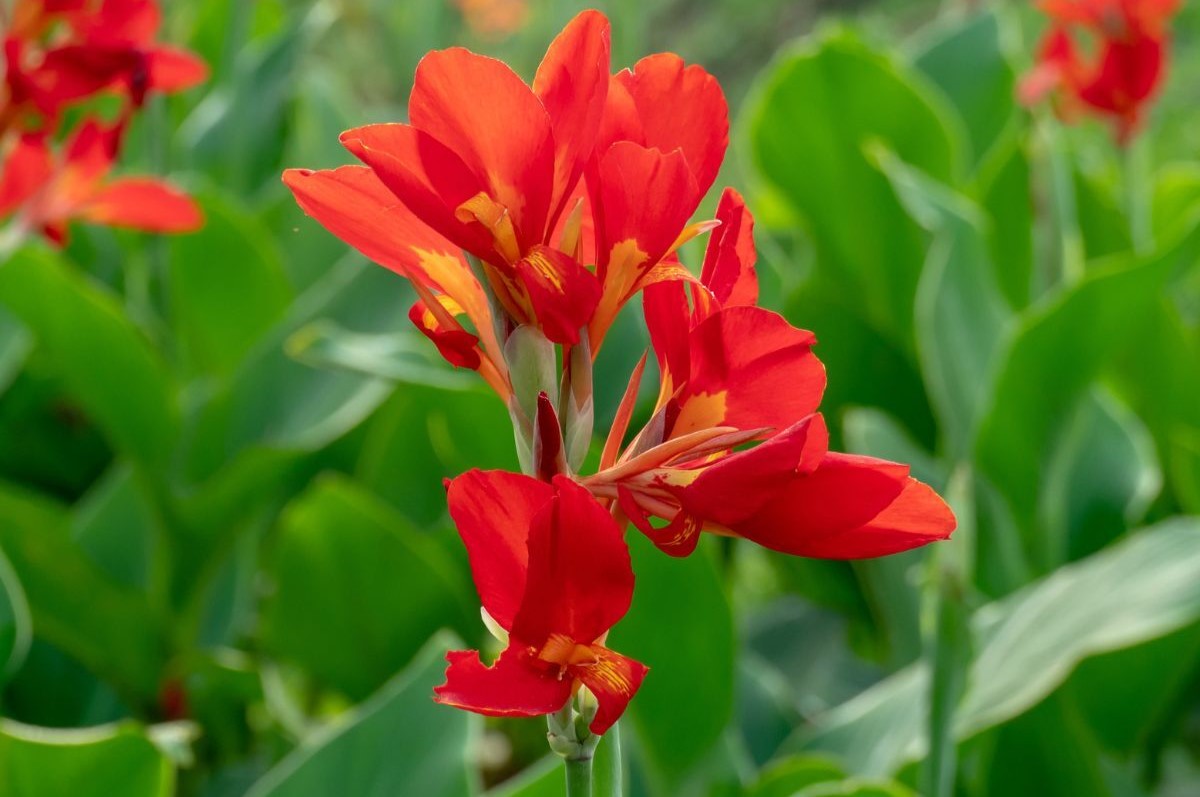
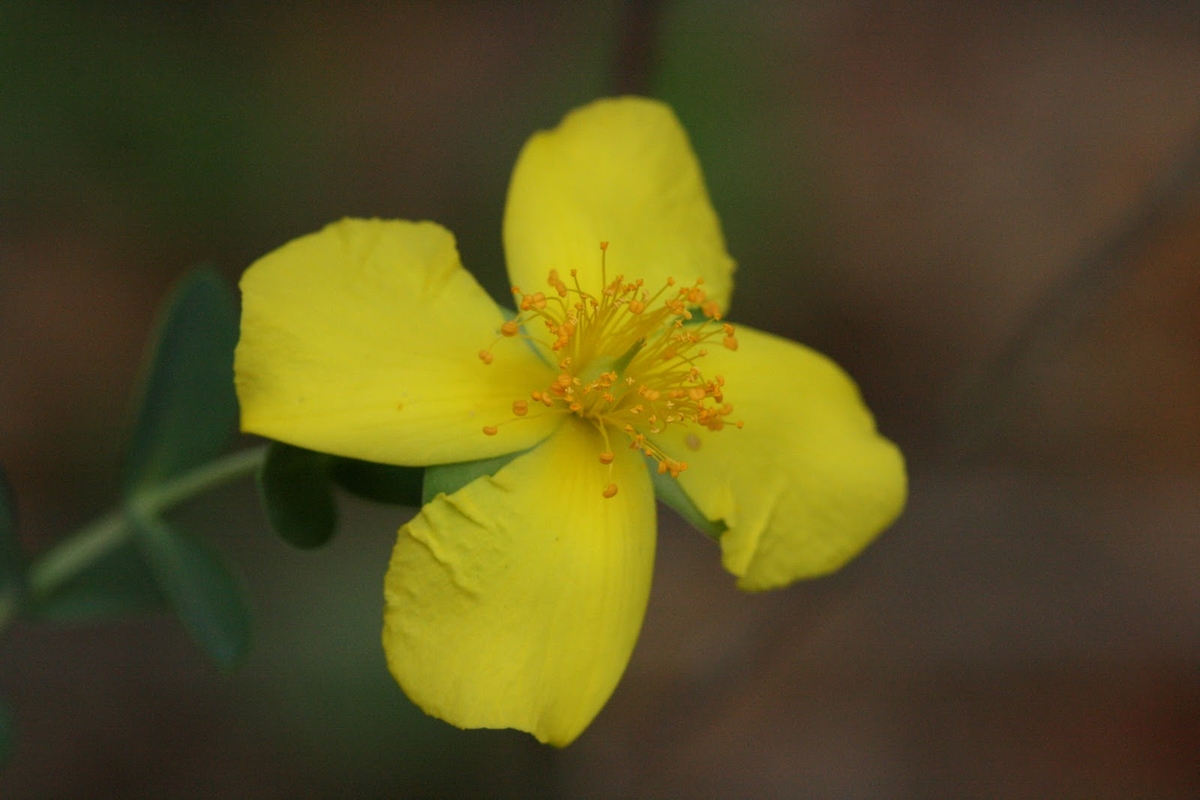
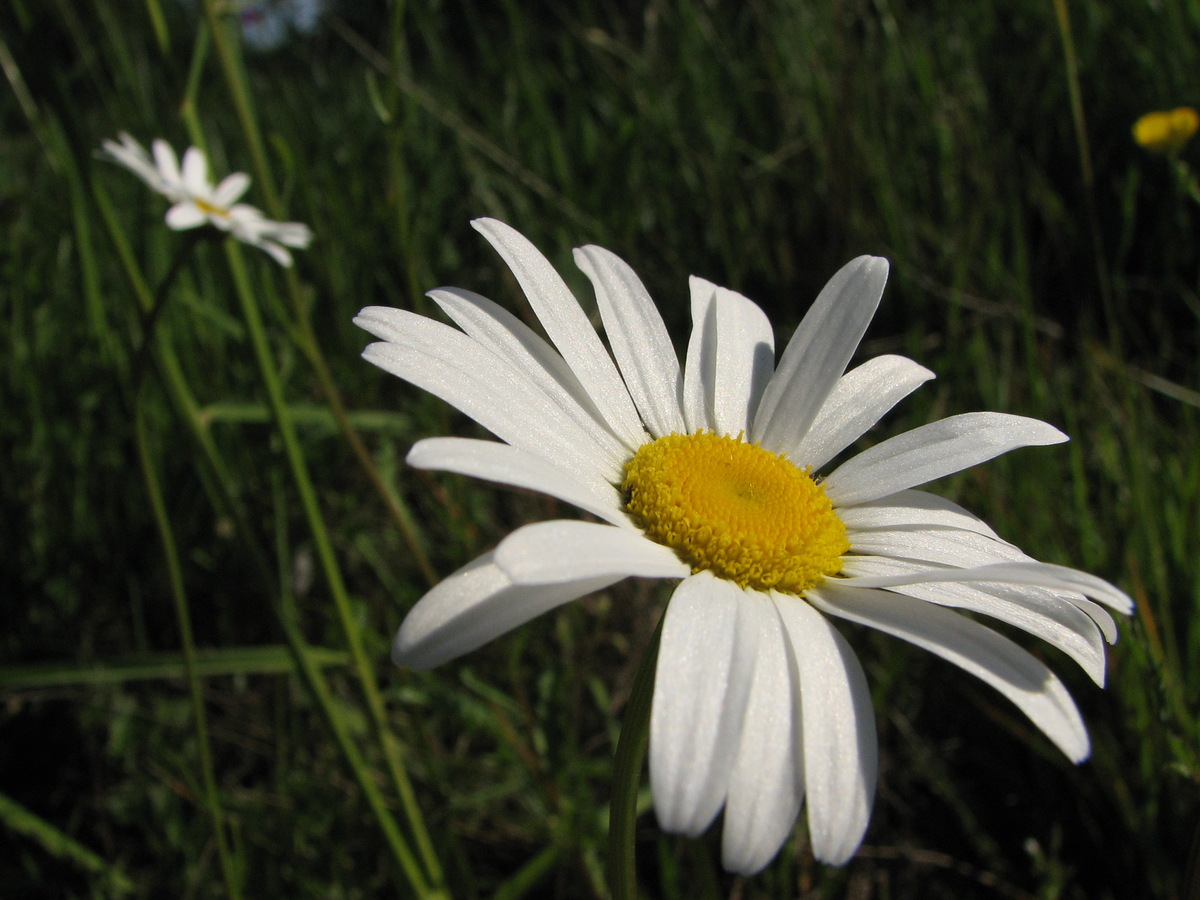
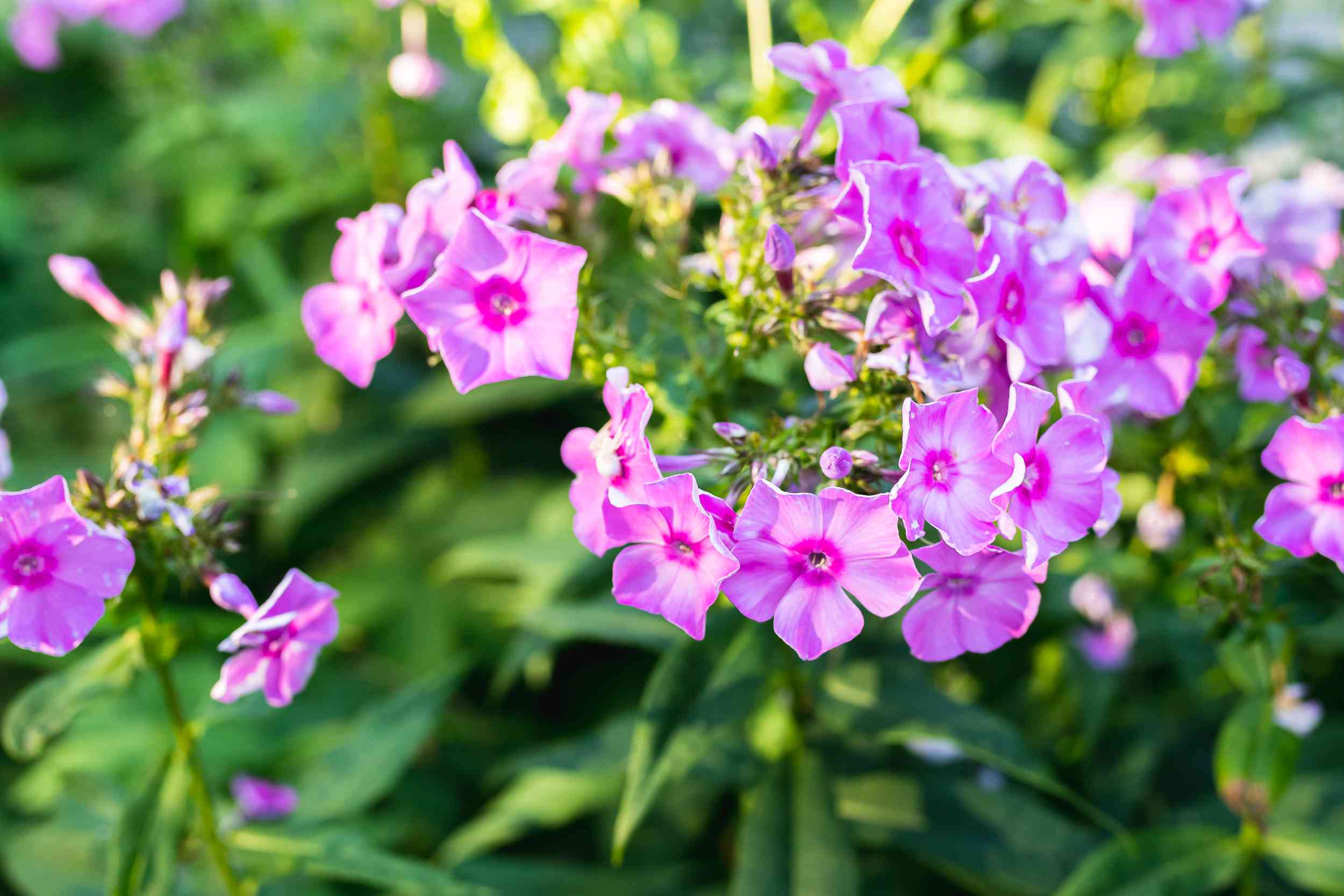
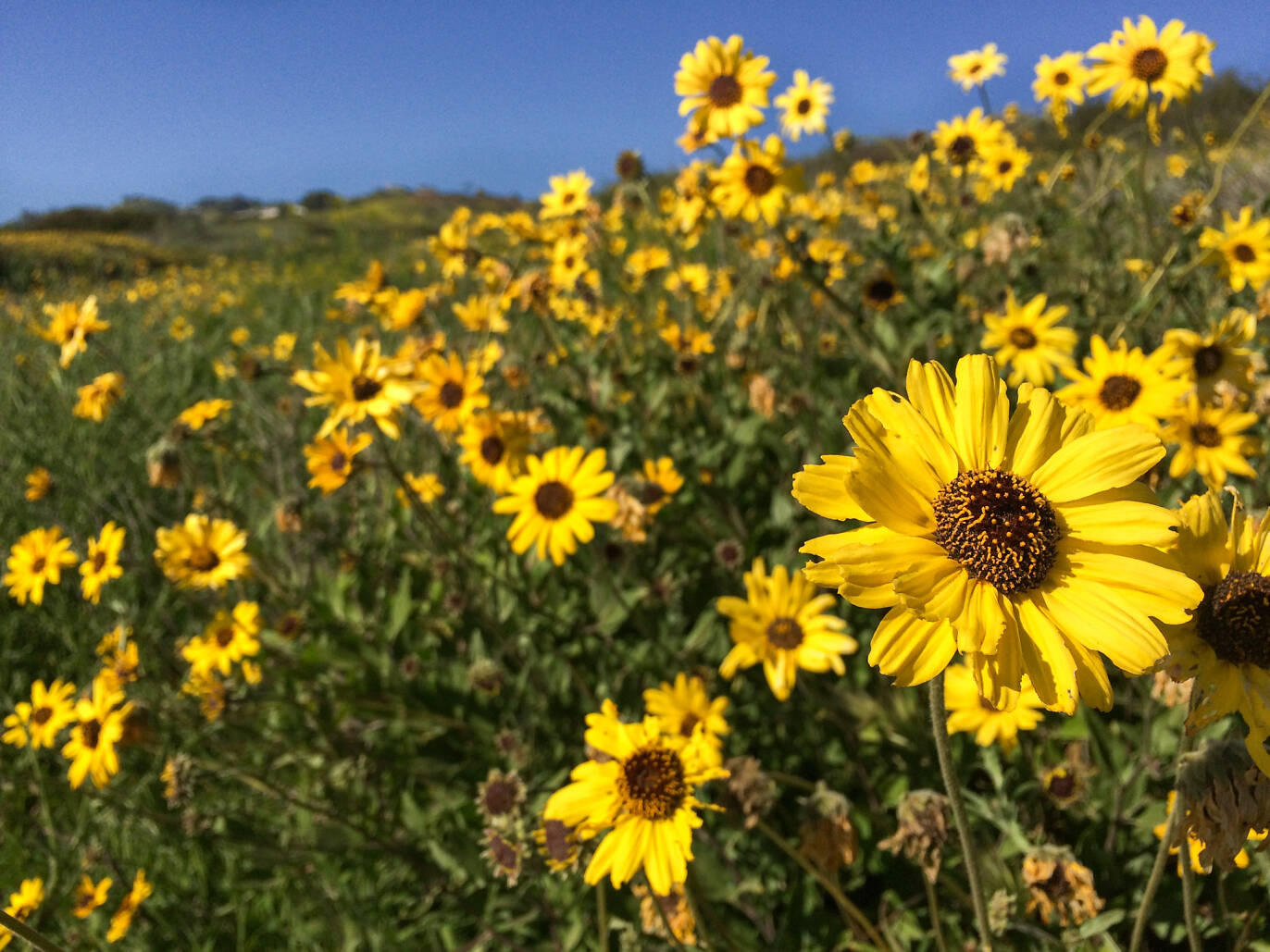

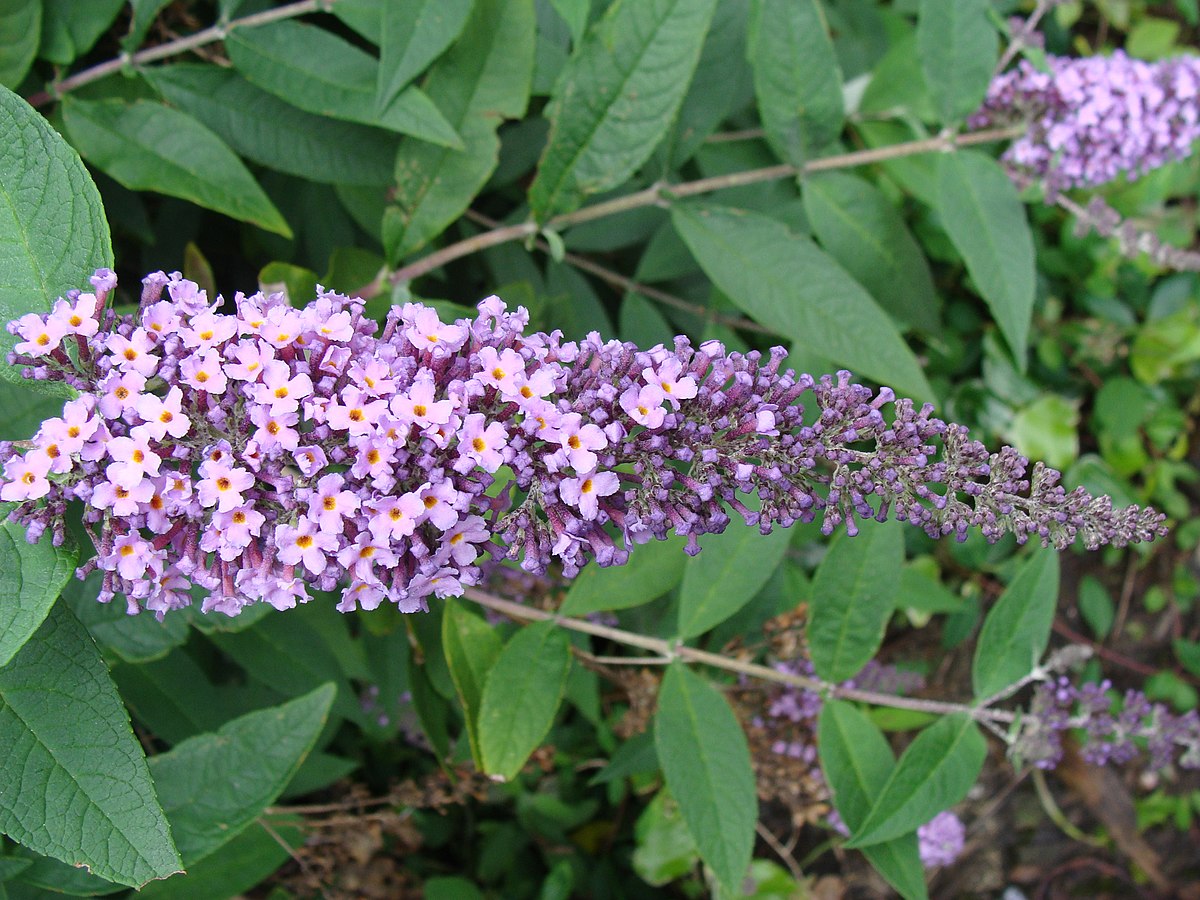
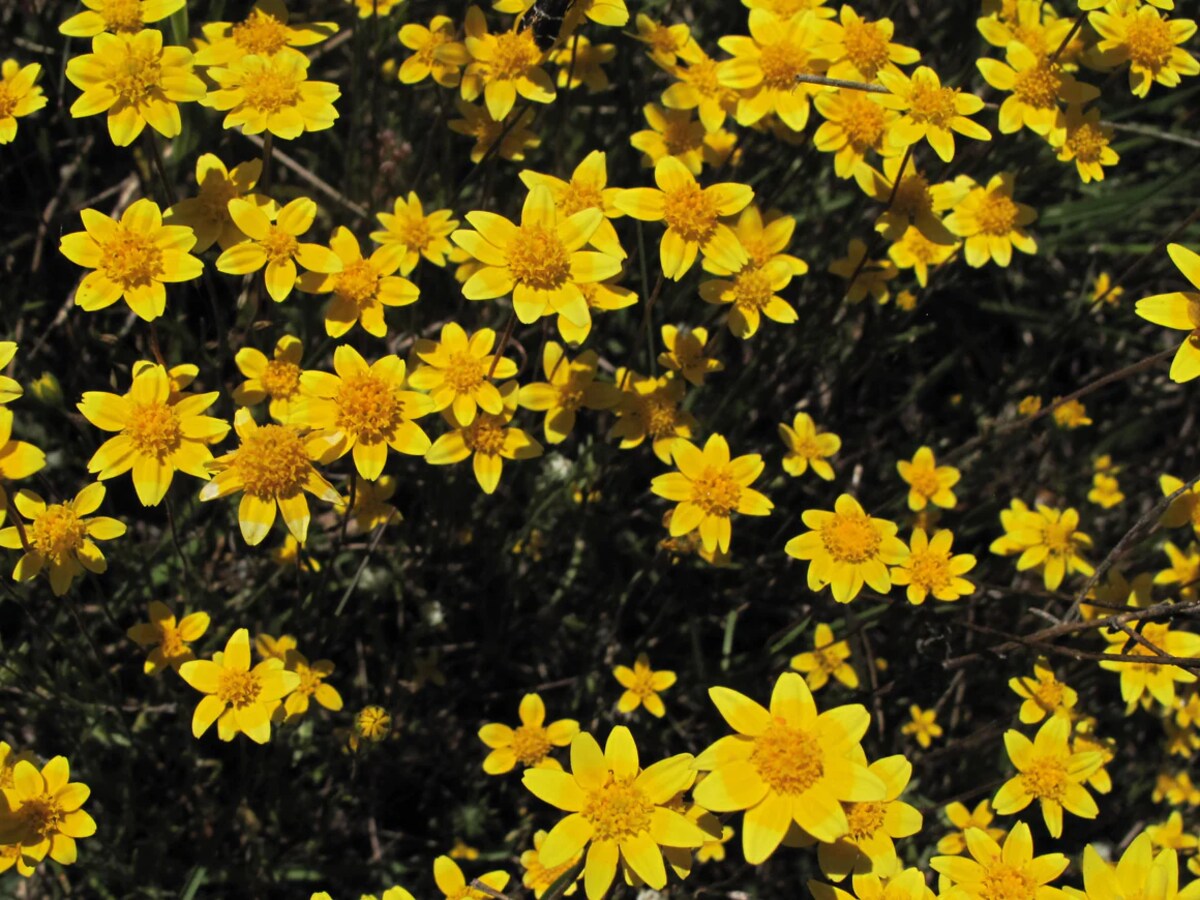

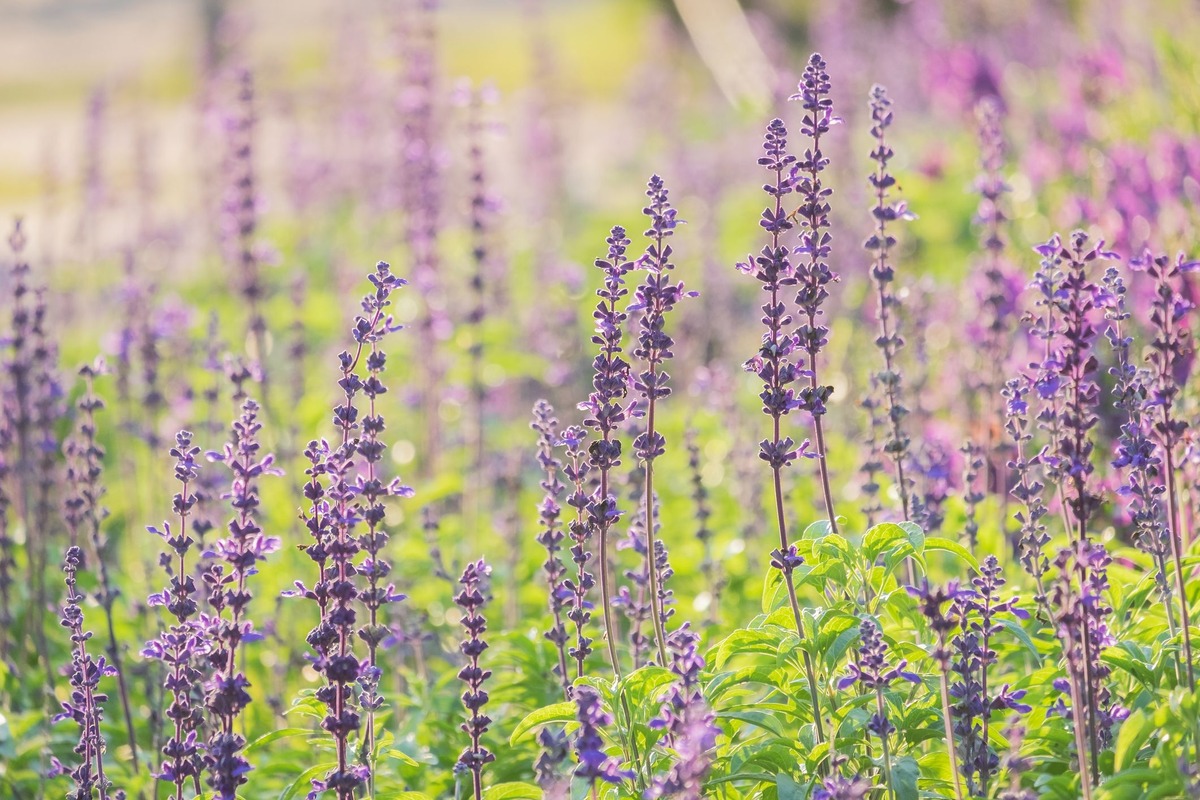

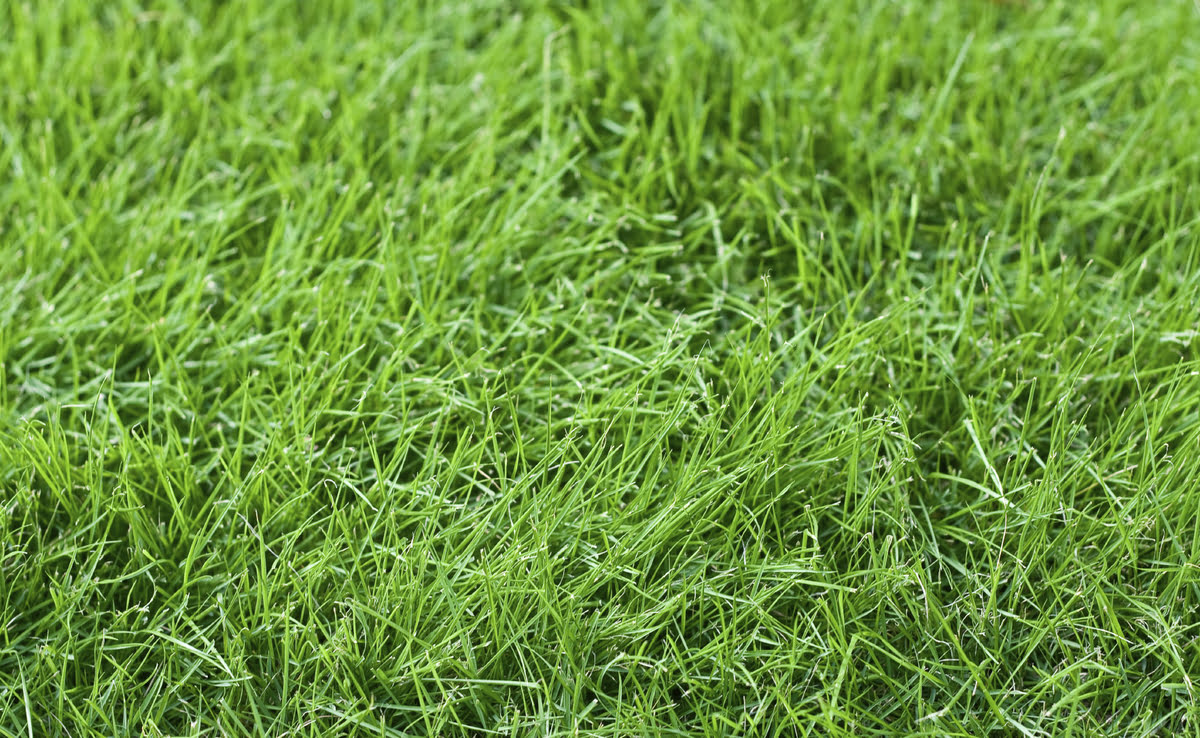
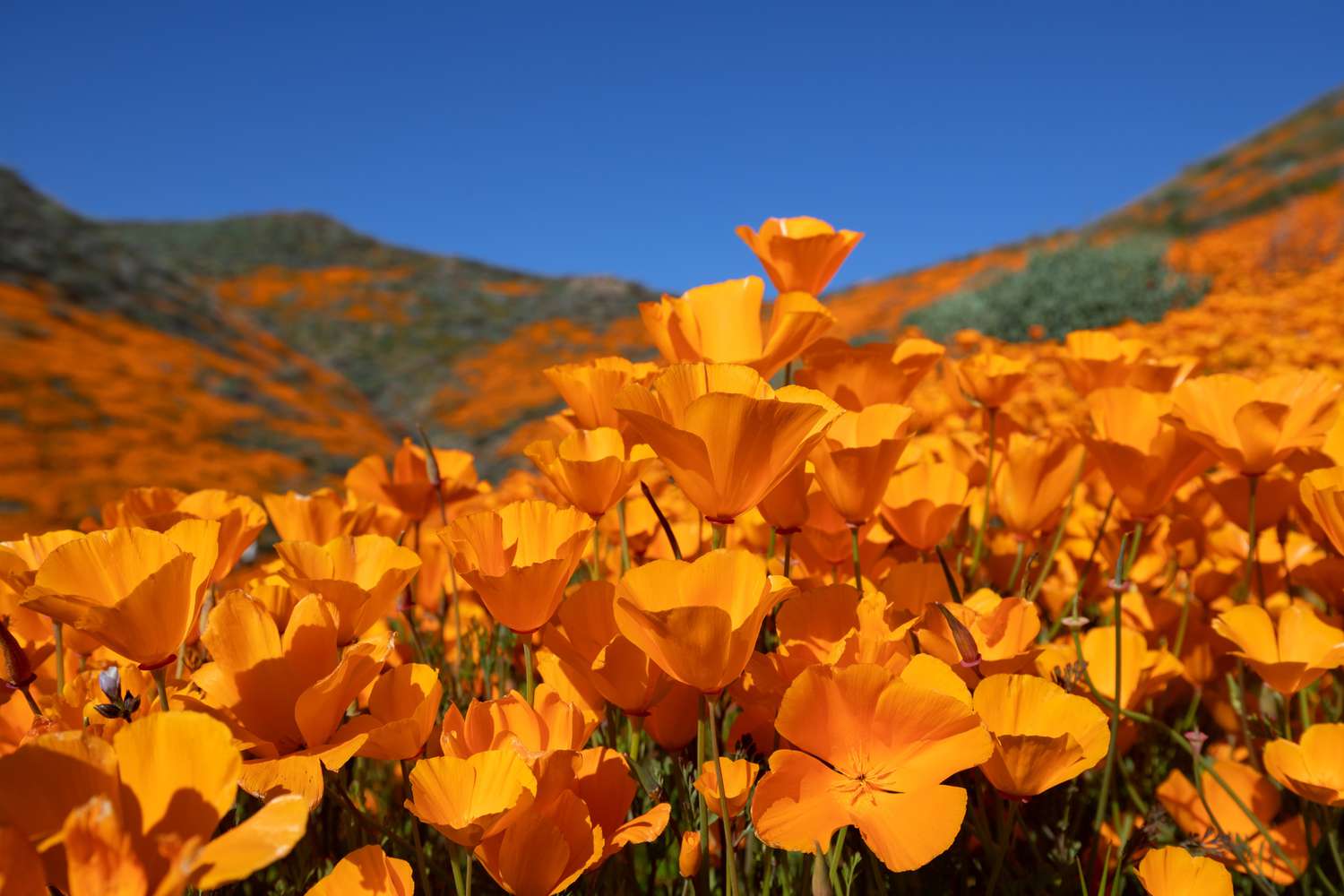
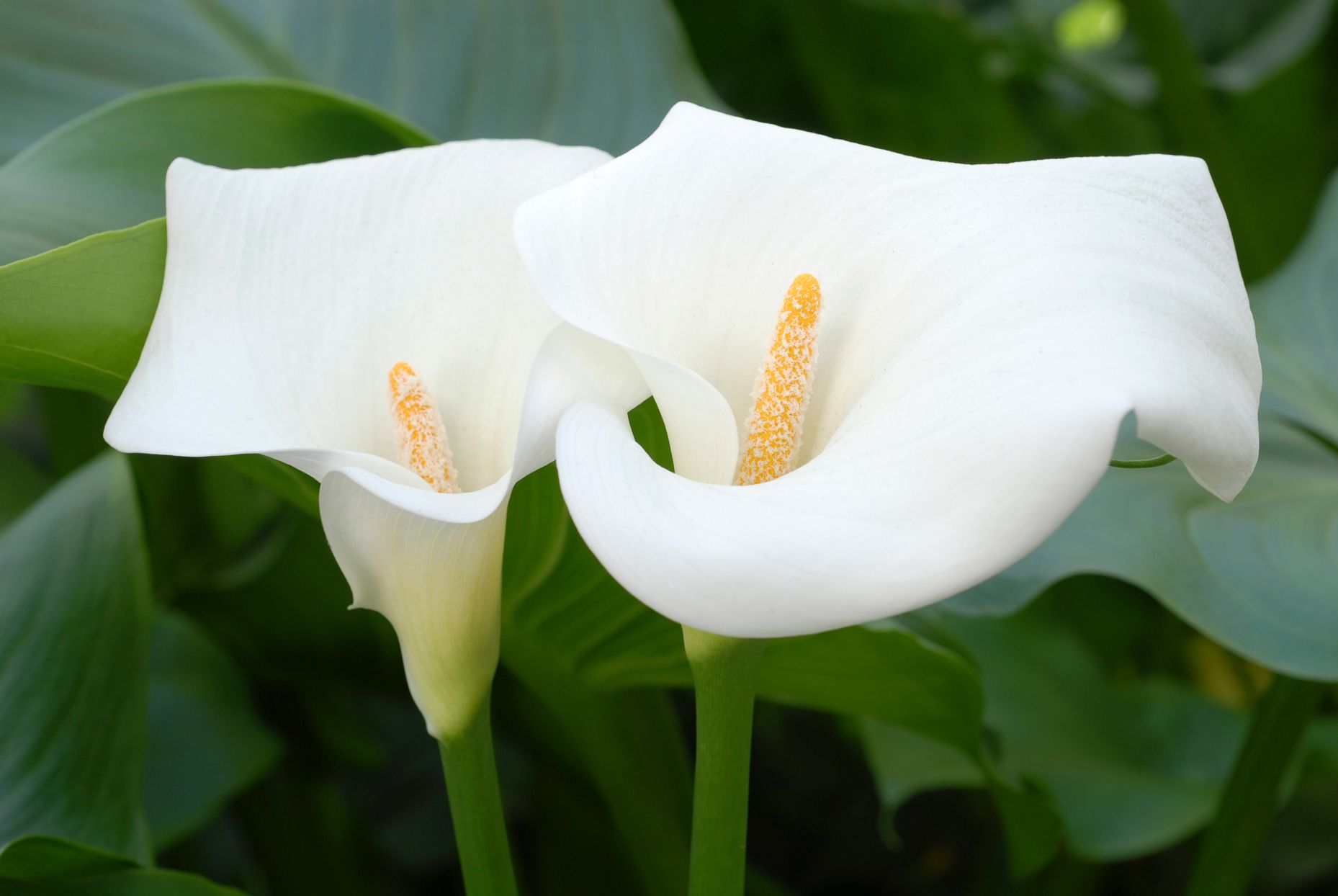

0 thoughts on “What California Wildflower Has A Wavy Leaf Like An Amole But A Blossom Like A Day Lily?”